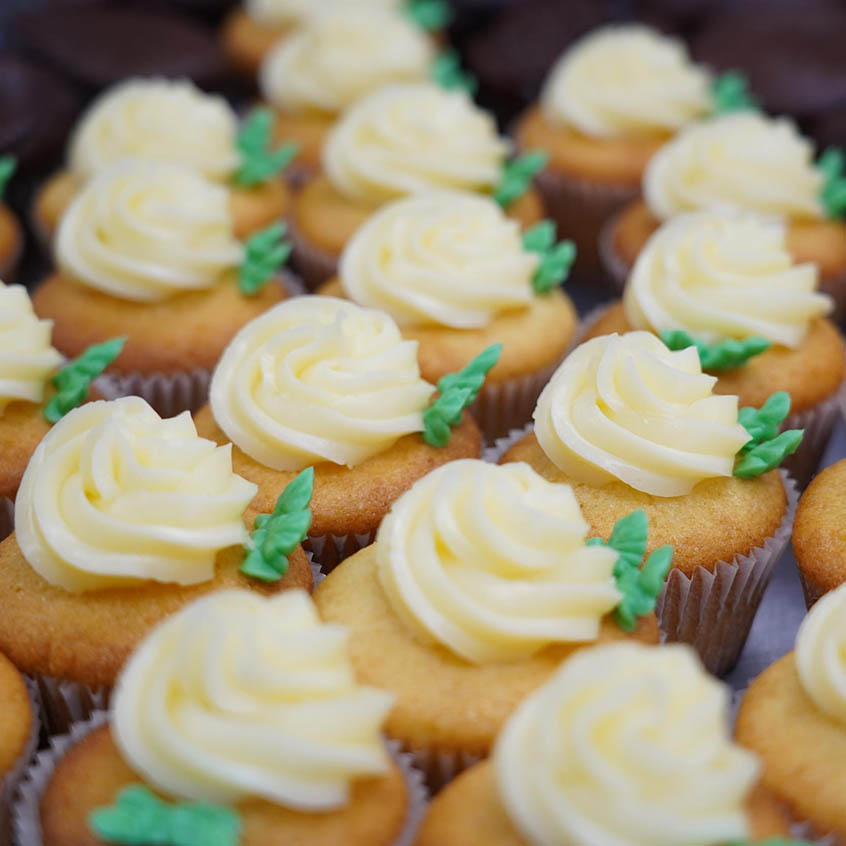
Lauren V. Haas is an Associate Professor for the International Baking and Pastry Institute at Johnson & Wales University. Lauren also works with John E. Koerner & Co. as the U.S.A. technical advisor for 100% Chef and TouFoods, and is a member of the prestigious Cacao Barry Ambassador's Club. Lauren honed her pastry skills at some of the country’s most esteemed establishments, including the residence at the White House, the Hotel du Pont, and the Inn at Little Washington. She has a master’s in Sustainable Food Systems from Green Mountain College, and a bachelor’s in Baking & Pastry Arts from Johnson & Wales University. In 2016, Dessert Professional named Lauren one of the Top 10 Pastry Chefs in America, and in 2018 Bake Magazine named her one of the nation’s Top Educators. Her work has been featured in numerous publications, including So Good: The Magazine of Haute Pâtisserie, American Cake Decorating, and Pastry Chef. Well versed in the foundations of classical pastry and emerging trends, Lauren’s passion is educating students and pastry professionals in the art and science of pastry. In her class at ICE, experience a collection of petits gâteaux and petits fours that will spark your creativity. In this hands-on course, participants will explore a range of versatile recipes and modern finishing techniques. Throughout the course, we will examine opportunities to streamline production through the use of cross-utilization and standardization, and emphasize the development of flavor, texture, and attention to detail to create delicious, alluring petits gâteaux and petits fours.

You will work in teams to execute the class menu. At the end of class, participants gather to enjoy the food they have prepared. Wine is served with meals in most classes. All class menus are subject to change. While a snack platter is offered in both morning and evening classes, you may want to consider a light snack before joining us for class. Students are encouraged to bring a light lunch or dinner to all pastry classes.

You will work in teams to execute the class menu. At the end of class, participants gather to enjoy the food they have prepared. Wine is served with meals in most classes. All class menus are subject to change. While a snack platter is offered in both morning and evening classes, you may want to consider a light snack before joining us for class. Students are encouraged to bring a light lunch or dinner to all pastry classes.
Learn the basic techniques of pastry and baking in this 12-session class. The course familiarizes students with the recipes and concepts used by professional bakers and pastry chefs, which form the basis of every competent baker's repertoire. The program investigates a broad range of pastries - both classic and modern - to provide a full understanding of all baking categories.
If you're ready to take a deep dive into the world of fish butchery, this class is for you. Join us to learn the art of breaking down both round and flat fish with skill and finesse. From perfecting filleting technique to deskinning and deboning, you'll leave with the confidence to handle a variety of fish preparations in your own kitchen. This class will provide a foundation for you to feel confident tackling fish butchery. While not a requirement, it helps to have practiced the skills of Knife Skills 1 before taking this class.
Do you have a spice blend in your cabinet that you picked up on vacation, but you're not sure how to use it? If you're one of those people, or a cook who would like to incorporate spice blends into your culinary repertoire, then come to ICE for this educational class. We'll travel around the globe as you learn to create spice blends like: Indian masala; Jamaican jerk seasoning; French herbes de provence; and Moroccan ras el hanout. You will then use these aromatic spice blends to prepare: Provençal vegetable gratin; jerk chicken wings; and cauliflower tikka masala.
Ranked as America’s Best Culinary School (USAToday 2019), our roster of Chef-Instructors have run top kitchens around the globe.
| (Separate multiple addresses with commas like: john@aol.com, jane@aol.com) | |